What is an Expression?
An expression in math is a combination of numbers, symbols, and operators (such as +, -, ×, ÷) that represents a value. It can also contain variables, which are letters that represent unknown or changing values.
Types of Expressions:
- Numerical Expressions: These are expressions that contain only numbers and operations. For example: 5 + 3 × 2.
- Variable Expressions: These are expressions that contain variables along with numbers and operations. For example: 2x + 3, where x is the variable.
- Algebraic Expressions: These are expressions that contain variables, numbers, and operations. For example: 3y + 2x - 5.
Parts of an Expression:
An expression is made up of the following parts:
- Terms: These are the parts of the expression that are added or subtracted from each other. For example, in the expression 3x + 2y - 5, the terms are 3x, 2y, and -5.
- Co-efficients: These are the numbers that are multiplied by the variables. For example, in the expression 4x + 2y, the co-efficients are 4 and 2.
- Variables: These are the letters that represent unknown or changing values in the expression. For example, in the expression 3x + 2y, x and y are the variables.
- Constants: These are the numbers in the expression that do not change. For example, in the expression 2x + 5, 5 is the constant.
Study Guide:
To understand expressions better, here are a few things you can do:
- Practice simplifying numerical expressions by following the order of operations (PEMDAS - Parentheses, Exponents, Multiplication and Division, Addition and Subtraction).
- Learn to identify the parts of an expression - terms, co-efficients, variables, and constants.
- Practice translating verbal phrases into algebraic expressions.
- Solve algebraic expressions by substituting values for the variables.
◂Science Worksheets and Study Guides Kindergarten. Pushing, Moving, Pulling
Coloring Worksheet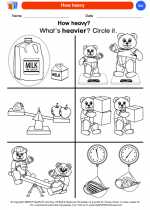 How heavy
How heavy  Coloring Worksheet
Coloring Worksheet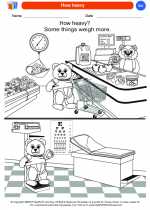 How heavy
How heavy  Coloring Worksheet
Coloring Worksheet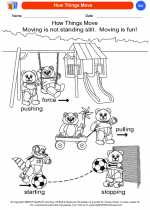 How Things Move
How Things Move  Coloring Worksheet
Coloring Worksheet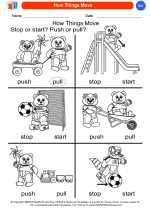 How Things Move
How Things Move  Coloring Worksheet
Coloring Worksheet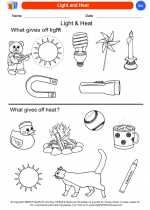 Light and Heat
Light and Heat  Coloring Worksheet
Coloring Worksheet Light and Heat
Light and Heat  Coloring Worksheet
Coloring Worksheet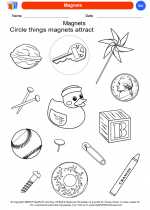 Magnets
Magnets  Coloring Worksheet
Coloring Worksheet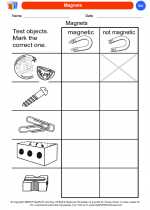 Magnets
Magnets  Coloring Worksheet
Coloring Worksheet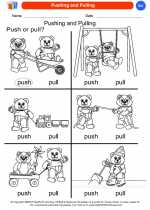 Pushing and Pulling
Pushing and Pulling  Coloring Worksheet
Coloring Worksheet Pushing and Pulling
Pushing and Pulling  Coloring Worksheet
Coloring Worksheet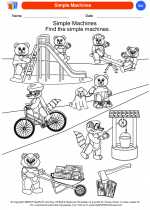 Simple Machines
Simple Machines  Coloring Worksheet
Coloring Worksheet Simple Machines
Simple Machines  Coloring Worksheet
Coloring Worksheet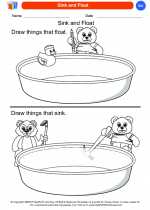 Sink and Float
Sink and Float  Coloring Worksheet
Coloring Worksheet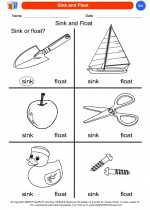 Sink and Float
Sink and Float  Coloring Worksheet
Coloring Worksheet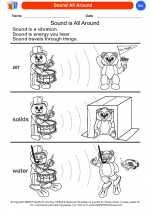 Sound All Around
Sound All Around  Coloring Worksheet
Coloring Worksheet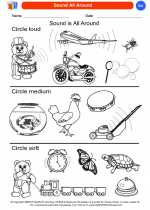 Sound All Around
Sound All Around  Coloring Worksheet
Coloring Worksheet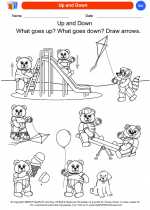 Up and Down
Up and Down  Coloring Worksheet
Coloring Worksheet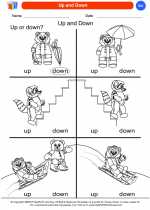 Up and Down
Up and Down  Coloring Worksheet
Coloring Worksheet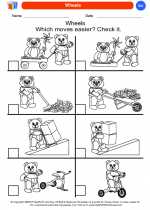 Wheels
Wheels  Coloring Worksheet
Coloring Worksheet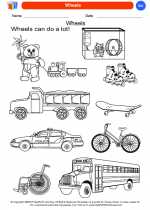 Wheels
Wheels 

 Coloring Worksheet
Coloring Worksheet
 Coloring Worksheet
Coloring Worksheet
 Coloring Worksheet
Coloring Worksheet
 Coloring Worksheet
Coloring Worksheet
 Coloring Worksheet
Coloring Worksheet
 Coloring Worksheet
Coloring Worksheet
 Coloring Worksheet
Coloring Worksheet
 Coloring Worksheet
Coloring Worksheet
 Coloring Worksheet
Coloring Worksheet
 Coloring Worksheet
Coloring Worksheet
 Coloring Worksheet
Coloring Worksheet
 Coloring Worksheet
Coloring Worksheet
 Coloring Worksheet
Coloring Worksheet
 Coloring Worksheet
Coloring Worksheet
 Coloring Worksheet
Coloring Worksheet
 Coloring Worksheet
Coloring Worksheet
 Coloring Worksheet
Coloring Worksheet
 Coloring Worksheet
Coloring Worksheet
 Coloring Worksheet
Coloring Worksheet
